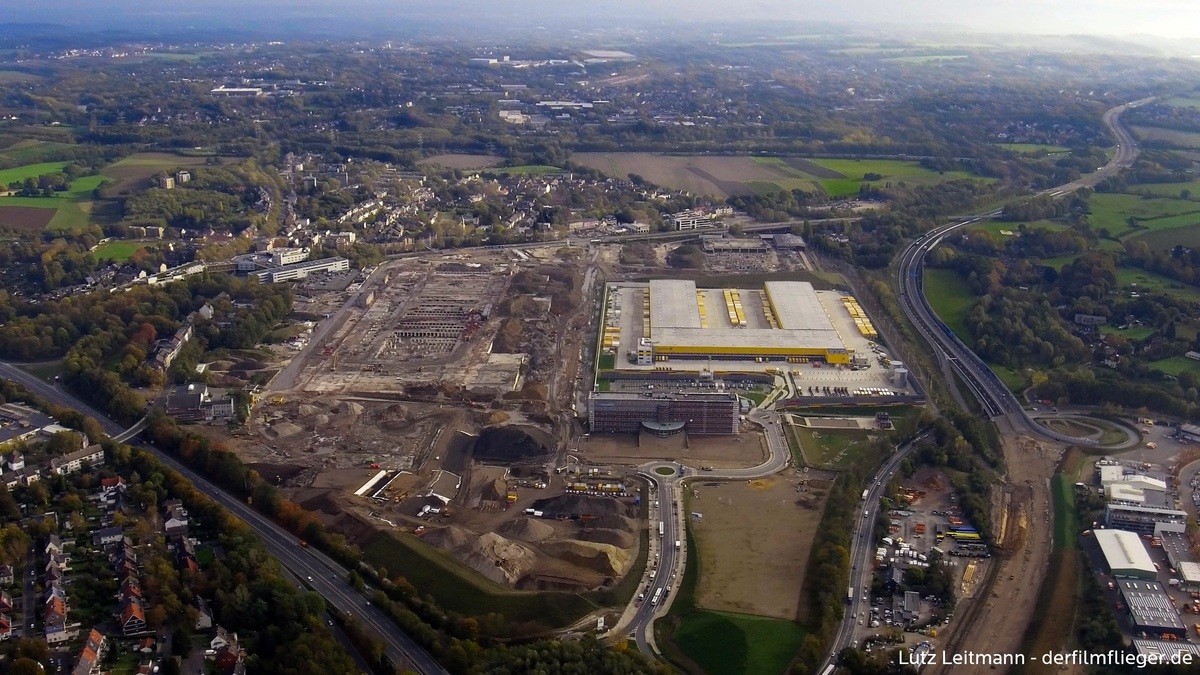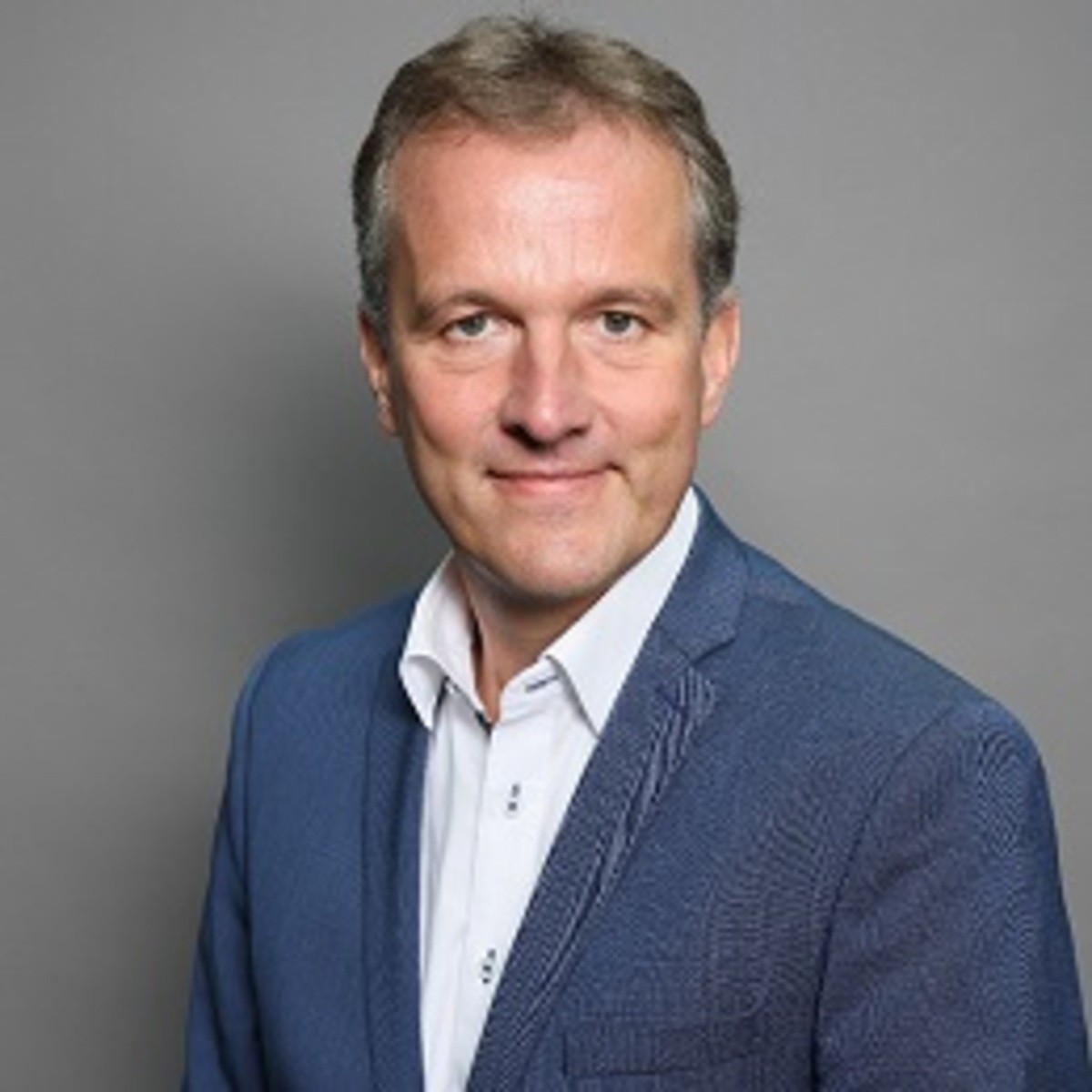[D2Grids - Interview] 5th generation district heating and cooling system: a link between the city's coal past and modern energy
D2Grids Project
![[D2Grids - Interview] 5th generation district heating and cooling system: a link between the city's coal past and modern energy](https://www.construction21.org/data/sources/users/18990/20210112144652-mark-517standardsicht.jpg)
At the former site of the Opel car plant the Stadtwerke Bochum Holding built up a 5th generation grid for the cold and heat supply for the new future users. In 2022 the first customers will be connected. Dr. Frank Peper - Head of the District Heating, Water and Energy Projects Department at Stadtwerke Bochum Holding GmbH - gives us an overview of the project.
Dr Peper, Stadtwerke Bochum Holding wants to build a new grid in Bochum for the supply of heating and cooling. Can you briefly present the project to us?
Dr. Peper : Gladly. Here in Bochum there is an area of around 70 ha with the new name "MARK 51°7", which until a few years ago was the site of an Opel car plant. Before Opel built its plant there in the 1960s, the "Dannenbaum" coal mine was located at the site.
Currently, the city of Bochum and the Opel company, with the support of the state of North Rhine-Westphalia, are making great efforts to revitalise and market the area. A mix of clients from the commercial, technology and research sectors is planned for the MARK 51°7 site, creating an innovative new quarter on the site. Our task is to establish an energy supply for the new owners and users. We have decided not to rely on a classic natural gas network and not to expand our existing district heating network, but to build a completely new heating and cooling supply system of the so-called "5th generation" in large parts of the area
And how does this approach differ from their previous district heating networks?
Dr. Peper : There are two major differences to the existing heating networks in Bochum, but also to the networks that are widespread in many parts of Europe. Firstly, a 5th generation network is operated at a much lower temperature level. The closer the grid temperature can be approximated to the ground temperature, the lower the grid losses. In addition, this offers the option of using renewable heat from the water-filled mine of the former Dannenbaum colliery. In the 8th level of the mine building at a depth of about 820m, mine water with a temperature of about 30°C is expected for heat supply. For the provision of cold, water with a temperature of about 18°C is expected in the 4th level at a depth of about 320m.
Here we succeed in building a bridge from the past - hard coal from the historic colliery - to the present by using the geothermal heat from the mine water.
The other important difference is the change from a unidirectional network - thermal energy is always transported from the source to the consumers here - to a bidirectional and demand-controlled network. We install a two-pipe system in which the respective "waste heat" or " waste cold" of a consumer can be fed back in and used by the next customer. Decentralised heat pumps then take over the task of providing the respective temperature level for the specific application.
Technically, this works in such a way that in the case of heating, the energy is taken from the warm pipe in a demand-controlled manner and brought to the temperature level required for supplying the customer on the condenser side of the heat pumps. The water cooled down after heat extraction on the evaporator side of the heat pump is simultaneously fed back into the cold line. In the cooling case, the system works in the opposite way.
Mark 51°7 - On the site of the former Opel factory in Bochum, a new business, technology and knowledge campus is being built on around 70 ha in the Metropole Ruhr.

Picture: Lutz Leitmann
The mine buildings at a depth of up to 820m of the former Dannenbaum colliery directly below the site will be used for the supply an innovative "5th generation" heating and cooling network, which is being planned and constructed by Stadtwerke Bochum Holding GmbH, FUW GmbH with the participation of Fraunhofer IEG. The project is funded as one of five pilot sites within the D2GRIDS project by the EU, Interreg North-West Europe.
Is this the first project in which renewable heat is being used in Bochum, or do you already have experience here through other projects?
Dr. Peper : Several years ago, we set out to increasingly integrate renewable energies in the heating sector as well. For example, we feed heat from a waste combustion plant into our district heating network, two of our combined heat and power plants are operated with biomethane, and two others with landfill gas. We also rely on smaller stand-alone solutions, in which we have already implemented supplies involving mine water and wastewater heat. In addition, there are some projects involving near-surface geothermal energy.
In the current project, we have now taken the step of building a new infrastructure on a larger scale for the first time, as well as venturing into the development of geothermal energy from greater depths. We believe that this is one of several sensible building blocks for a successful energy transition in the heating sector as well.
Of course, new technologies and new approaches have to be successful on the market. Can you tell us something about the technical and economic framework conditions of the new grid?
Dr. Peper : Absolutely right. With every offer we make to our potential customers, we are in competition with alternative, but less "green" supply solutions. These alternatives are primarily, on the one hand, the supply of natural gas, and alternatively, the connection to our existing district heating network. Although we can try to convince with service, regionality and renewable energy, as well as with the first-time offer of grid-connected cooling, we must ultimately be able to offer prices that stand up to market comparison. This shows that - under the given market and framework conditions - 5th generation heating networks can unfortunately only be presented and implemented with funding support in order to achieve this goal.
And what are the technical framework conditions?
Dr. Peper : Here we have to distinguish between the above-ground part of the plant - the actual grid, buffer storage or heat pumps - and the underground part - the geothermal boreholes. In the case of the above-ground part of the plant, we benefit from our participation in the Interreg project D2GRIDS. Not only financially through the funding, but also through the technical exchange with colleagues from the Netherlands, Belgium, France, Luxembourg, England and Scotland.
We are also supported within the project by the Fraunhofer Institute for Energy Infrastructures and Geothermal Energy (IEG) in all questions concerning the development of the former colliery for the extraction of mine water. Nevertheless, the geothermal development of the former Dannenbaum colliery is a complex technical, but also bureaucratic challenge, as there is also a certain lack of experience in dealing with the necessary permitting procedures under mining law. Last but not least - and this applies in principle to all projects of this kind - the drilling, the actual development of the geothermal resources, involves not inconsiderable costs and risks that have to be considered.
Dr Peper, thank you very much for the detailed explanations up to this point. Can you give us an outlook on how the project will continue?
Dr. Peper : We have already installed the majority of the necessary grid infrastructure. In addition, the preliminary work for the two boreholes has been completed by us. We are now starting with the actual implementation, which means the drilling and the accompanying trades, e.g. the construction of the drilling site, can be put out to tender. We are currently planning to start drilling the first well in August 2021.
In parallel, the planning of the so-called energy centres is currently underway, in which the geothermal energy will then be adapted by heat pumps to temperature levels tailored to the customers for heating and cooling purposes. If everything goes well, we will then be able to supply the first customers on the site with geothermal heating and cooling in 2022.
Thank you very much for the interview and good luck with the implementation.
Dr. Peper : Many thanks.
Dr.-Ing. Frank Peper, Head of the District Heating, Water and Energy Projects Department at Stadtwerke Bochum Holding GmbH and Managing Director of FUW GmbH , a 100% shareholding of Stadtwerke Bochum Holding.

Dr Peper holds a doctorate in mechanical engineering and has been with Stadtwerke Bochum since 2007. He is currently responsible, among other things, for the construction of the new heating and cooling supply system on the site of the former Opel plant in Bochum.




